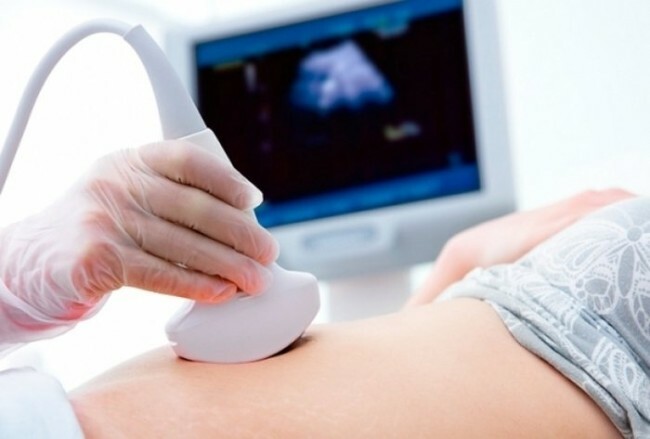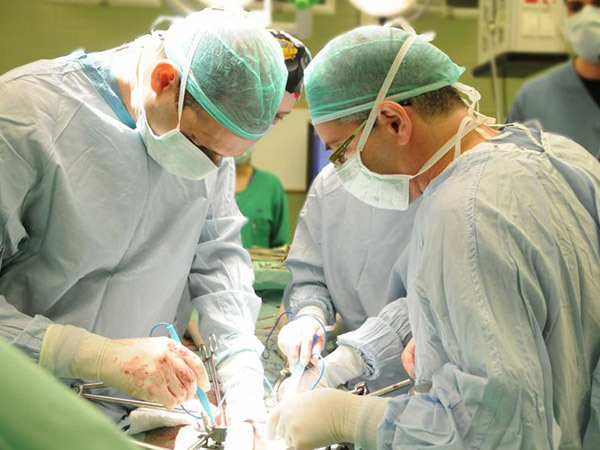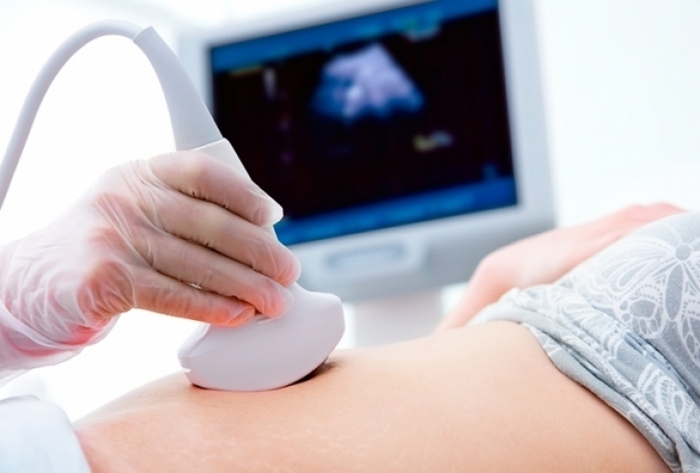Causes of pancreatic enlargement
There are many reasons that the patient has enlarged the pancreas. The pancreas is an organ belonging to the digestive and endocrine systems.
It produces insulin and enzymes involved in the digestion of food.
As a result of inflammation, iron can change its shape and structure, resulting in a disruption in its work.
Circumstances of the emergence of pathology in adulthood
Contents:
- Circumstances of the emergence of pathology in adulthood
- Why does the problem arise in children?
- Symptoms of the disease
- Methods of diagnosis and treatment
- Dietary food
The increased tail, head and body of the organ in adults and children speak of serious pathologies in the patient's body. The main causes that caused this condition are violations of diet and infection.
If palpation is difficult to determine the pathology, in these circumstances you need to do an ultrasound or an MRI and study the symptoms from the words of the patient.
Sometimes this condition is not a disease. Why do individual parts of the organ increase with individual features of the structure?
Doctors believe that the causes of this are hidden in the genes, in health it does not affect.
Pancreas enlargement is local and total.
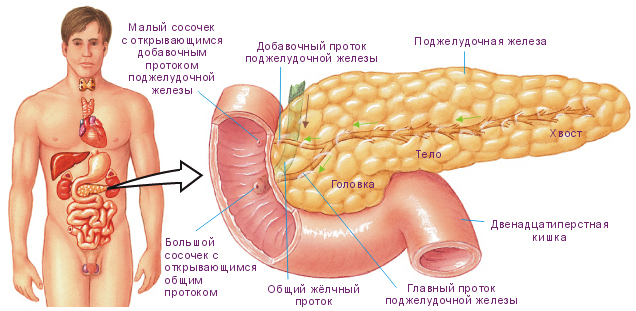
With the total, all its departments( tail, body, head) change uniformly, in the local case only a certain part increases, the others retain their natural sizes and functioning.
For example, the tail of the organ is enlarged, and the head and body do not change.
The causes leading to a change in the gland are several:
- accompanied by edema of the inflammatory organ;
- indemnification of insufficient pancreatic function.
In adults, diffuse pancreatic changes indicate chronic or acute pancreatitis.
The main causes of changes in the tail or other parts of the gland:
- high calcium content in the blood;
- abuse of alcoholic beverages;
- cystic fibrosis;
- abdominal trauma;
- obstruction of duct with gallstone;
- infection( hepatitis, influenza and others);
- autoimmune diseases;
- blood flow disorder;
- side effects of medications.
Sometimes, because of chronic or acute pancreatitis, the gland increases completely. But, as a rule, the disease leads to a change in individual sites.
This organ is enlarged due to the appearance of a cyst, tumor, abscess and other causes that appear due to complicated pancreatitis.
Why does the problem arise in children?
In a small child, the body is immature, therefore, it has a reduced resistance to unfavorable factors.
Internal organs and immunity develop slowly and consistently - these are the main causes of the soreness of children.
The child's pancreatic enlargement has the following symptoms: inflammation and severe pain in the upper abdominal cavity.
In an acute period, the temperature exceeds the subfebrile temperature. The disease has passed into a chronic form in the event that the bouts of pain are increasing. Severe pain in the stomach requires an immediate call to a specialist.
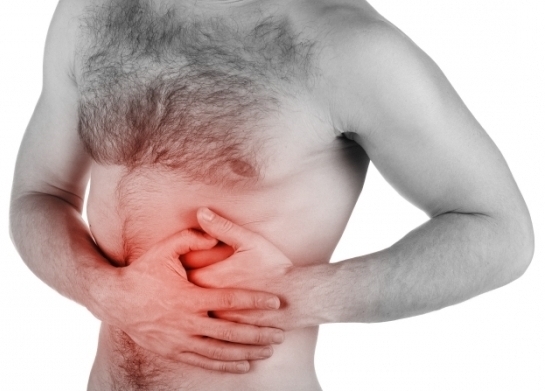
The main causes of the inflammation and enlargement of the body in a child are poor nutrition, unsuitable conditions for children, lack of physical activity.
But these circumstances adversely affect the entire body of the child, and not only internal organs.
Developed immunity directly affects the resistance of children to infectious diseases.
Any bacteria and viruses can provoke inflammation of the gland and, as a consequence, pancreatitis in a weakened child.
Diffuse change in the head and tail of the pancreas in children has the following reasons:
- food poisoning;
- trunk injuries;
- excessive physical activity;
- a large number of antibiotics and other medicines;
- cystic fibrosis, mumps, congenital pathologies;
- food fried, smoked food with a high content of fat and carbohydrates;
- large time intervals between meals.
Life spans of children endangering this body:
- complementary feeding in infancy;
- transition from natural feeding to artificial;
- Teeth growth;
- enrollment in kindergarten and school;
- transitional age.
Symptoms of the disease
Symptoms and signs of an increase in the tail or other parts of the pancreas in an adult and a child appear individually.
In some cases, the disease develops several years without causing pain, in others - rapidly.
Pain in this pathology is observed in varying degrees of intensity. Localize in the upper abdomen, can give in the arm or lower back.
In many cases, the temperature rises to dangerous digits.
Symptoms of developing pancreatic disease with inflammation occur quickly enough.
Video:
When developing tumors, they can develop for a long time.
Of the signs of the disease that occur most often, the following are distinguished:
- pain has a different intensity, baking or aching character, gives back and hand;
- patient sick, vomits. Appetite disappears, bitterness in the mouth is felt;
- liquid stool, in which there are no foreign impurities;
- high temperature( from 37 degrees).
The enlargement of the gland is dangerous, as large blood vessels pass by and the internal organs are located.
There are times when the head can press on the duodenum, causing obstruction.
Disease of the body leads to the appearance of liver pathology. Nausea, vomiting, diarrhea, eructation of bitterness arise precisely because of this.
Methods of diagnosis and treatment
For the diagnosis it is sufficient to describe the following symptoms: vomiting, loose stool, pain in the upper abdomen and febrile condition.
But the doctor, before appointing treatment, will necessarily direct the patient to undergo ultrasound of the abdominal cavity organs and pass the necessary tests.
Based on the results, the gastroenterologist will understand why the pathology has arisen. The doctor will prescribe the treatment or send the patient for an additional examination.
Urgent hospitalization is necessary if there is an abscess or acute inflammation. After the examination, the surgeon will decide on the need for surgery.
Patients with a chronic form of pancreatitis receive treatment in a hospital setting and are observed with the therapist.
Video:
If the pancreas has an enlarged tail or head according to the results of the examinations, then a special treatment considering all the symptoms is prescribed:
- diet food;
- decrease in secretory activity;
- cold compress to reduce puffiness;
- the appointment of digestive enzymes;
- surgical intervention.
All diseases of this body affect the carbohydrate and fat metabolism in an adult and a child.
As a result, diabetes mellitus or inflammation occurs due to the iron digestion of their own tissues.
Dietary food
For diseases of this body, special treatment is required. Diet in the recovery program is also important, because proper nutrition is necessary for the normal functioning of this organ.
In most cases, with diseases of the digestive system, diet No. 5 is prescribed. It involves limiting fatty foods and increasing the amount of protein.
Excluded:
- alcoholic beverages;
- fatty foods( butter, lard, sour cream);
- rich soups;
- vegetables and fruits in fresh form, juices;
- fried, smoked, spicy dishes;
- sweets( especially ice cream).
Recommended:
- low-fat meat, poultry and fish in boiled or baked form;
- vegetable stew;
- porridge without milk;
- stale bread;
- low-fat dairy products.
To improve the condition of the pancreas, in some situations, proper nutrition is a cure.
The diet gives the gland a functional rest, as a result of which the edema will gradually decrease, and surgical intervention will be avoided.
Video:
But as a preventive measure, the patient should regularly make examinations and visit the therapist.
Complications of the pancreas disease can be prevented, provided that all symptoms are taken into account, and the treatment of the organ is prescribed correctly.

